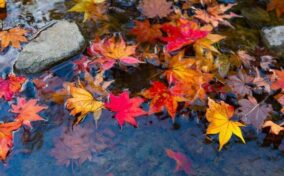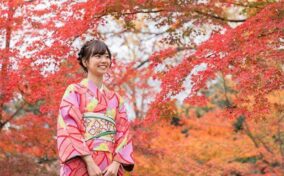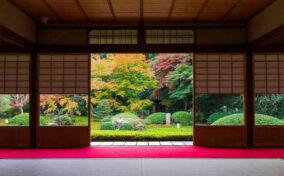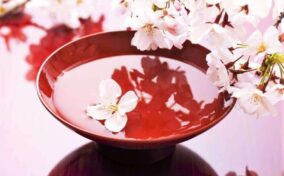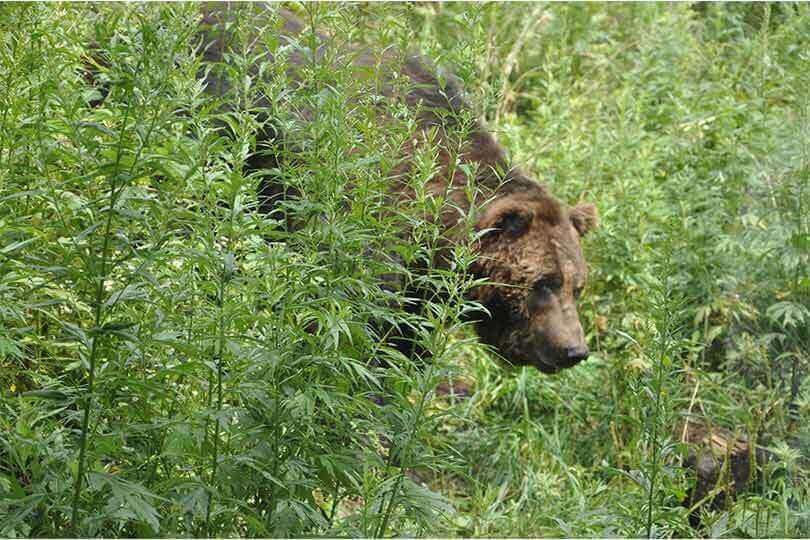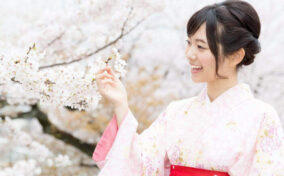Nature in the Japanese archipelago has a shift in spring, summer, autumn and winter. In the course of these four seasons, humans, animals and plants grow and decay, returning to the earth. Japan has realized that human beings are short-lived in nature. We have reflected that in religious and literary works. Japanese people call things constantly changing, “Mujo”. On this page, I would like to discuss the idea of Mujo with you.
Japan has experienced many natural disasters
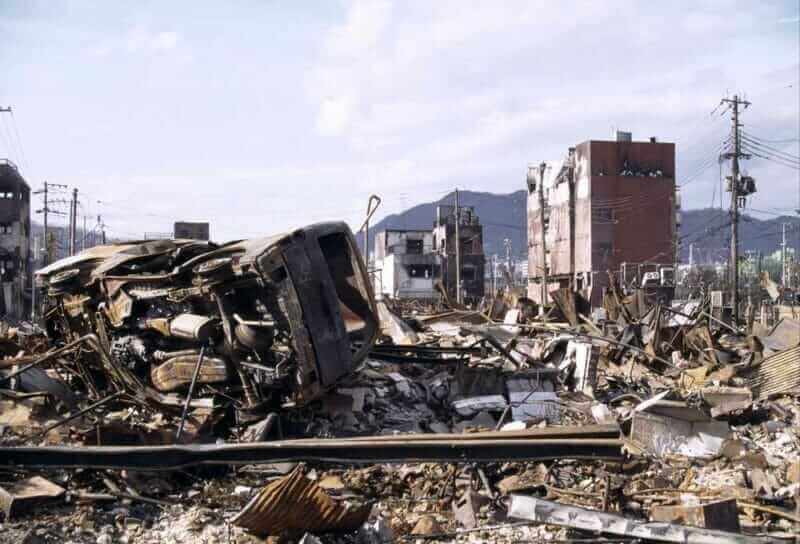
Damaged town from the Japanese earthquake. = Shutterstock
Japan has experienced many natural disasters such as a large earthquakes, tsunamis, volcanic eruptions, and more. As a result, we were keenly aware that things are impermanent.
The Japanese archipelago is a terrible area for risk of earthquake damage. Many people live along the coast, so when a major earthquake occurred it often resulted in tsunami damage.
You can find many volcanoes in the Japanese archipelago, so Japanese people are often subjected to volcanic explosion damage as well. Volcanic explosions also cause great damage to agriculture and as a result people have suffered from starvation.
For these reasons, the Japanese people are familiar with the fear of nature. Human beings cannot defeat the power of nature.
In this way, Japanese people believe that all things are ephemeral. This philosophy established the custom of building many temples and shrines to offer prayers to the God, Buddha.
Japanese still love nature and have learned
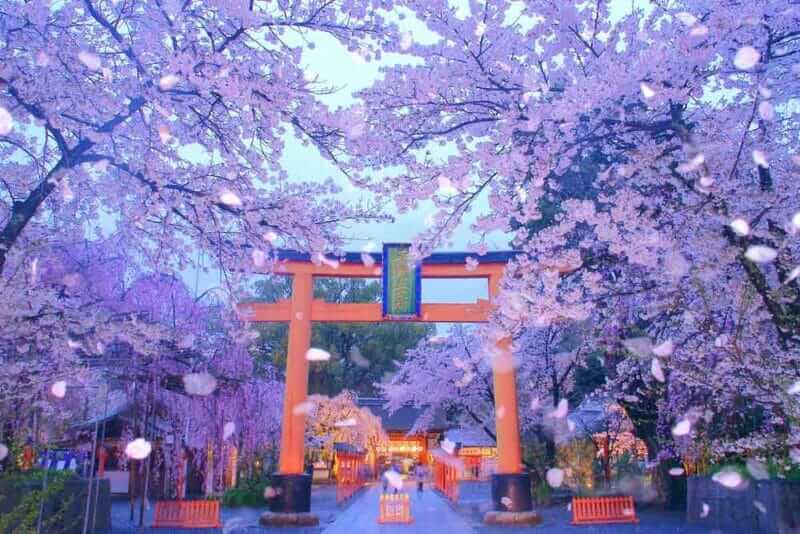
Scenery of Beautiful Old Japanese Traditional Elegance Style is Hirano Jinjyain (Shrine) Torii Pathway Among the Cherry Blossoms Blizzard (SakuraFubuki) at Night – Shutterstock
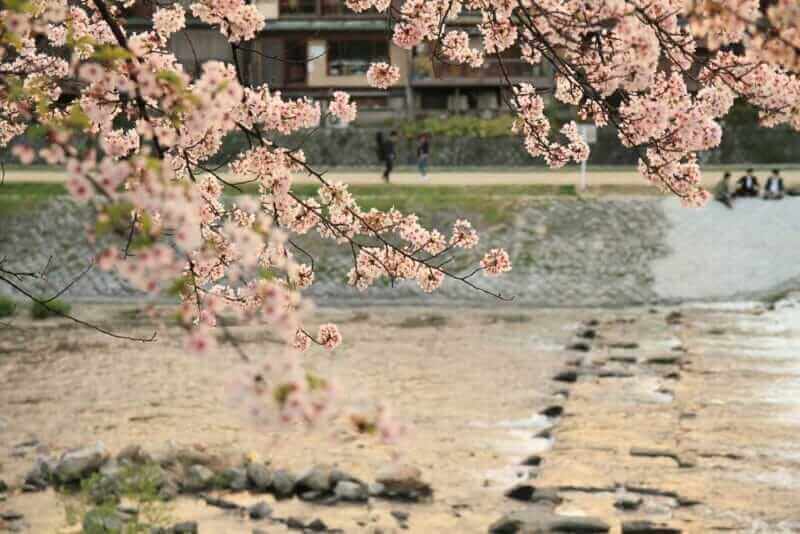
Sakura (cherry blossom trees) of Kamogawa river at evening in Kyoto, Japan = Shutterstock

sakura in kamogawa river – Shutterstock
Nature is occasionally scary but at the same time it gives us a lot of grace. Also, nature is beautiful so Japanese people cherish the symbiosis with nature, rather than going against it.
In this way, Japanese houses have been built, making use of natural materials. We have pioneered the fields by utilizing nature to our advantage. Many small animals live in fields and maintain beautiful ecosystems.
As far as the nature of Japan is concerned, we have deeply loved the cherry blossom in particular.
Cherry blossoms are a symbol to the people that things are all ephemeral. Cherry blossoms will wilt and fall from the trees almost immediately after blooming. What a short life!
Cherry blossoms bloom very hard even though their lives are short. Japanese wish to live beautifully, as cherry blossoms do.
We observe how the cherry blossom petals scatter. We call this “Hana-Fubuki (Cherry Blossom Blizzard).”
The scattered cherry blossom petals gather on the ground and in the river making it look like a beautiful carpet. The river sweeps the cherry blossoms and the petals disappear. Japanese people appreciate this phenomenon.
The Japanese love the beauty of nature, understand the truth that nature teaches, and live every day in this fashion.
Thank you for reading to the end.
